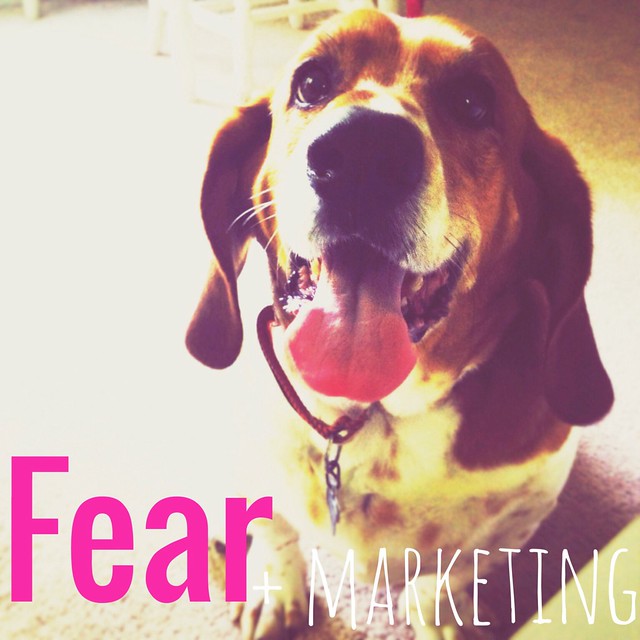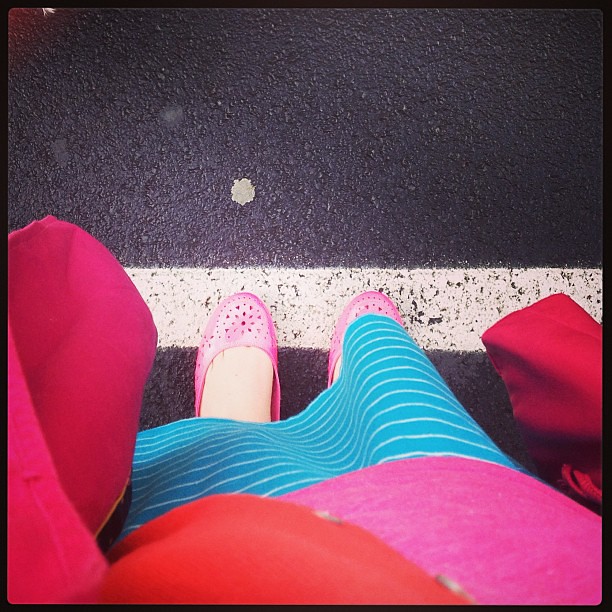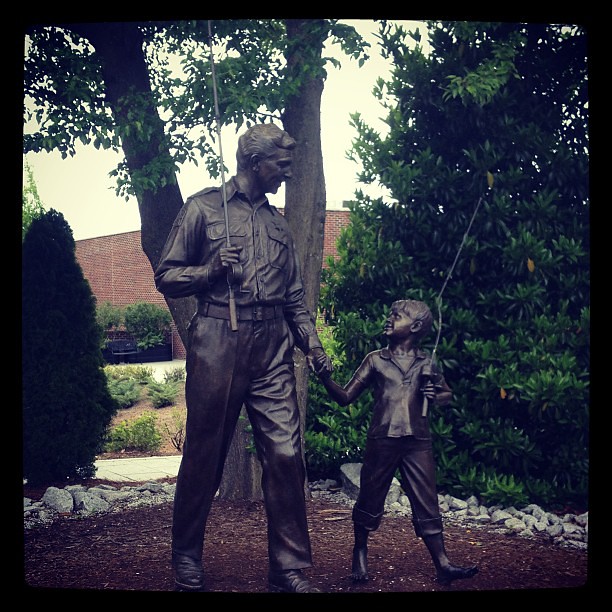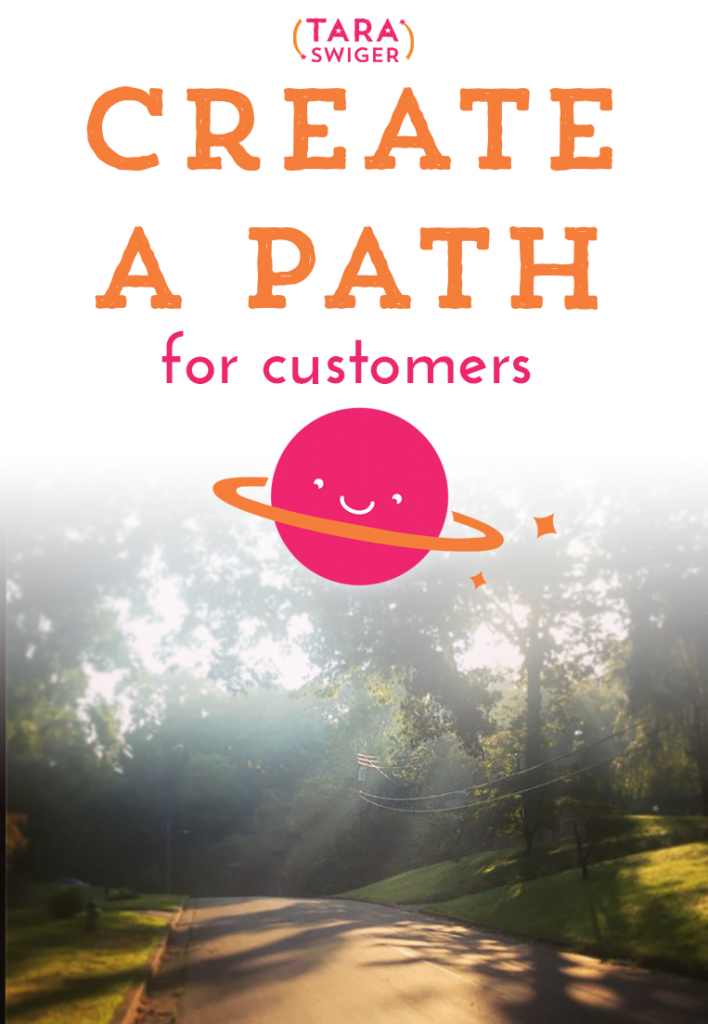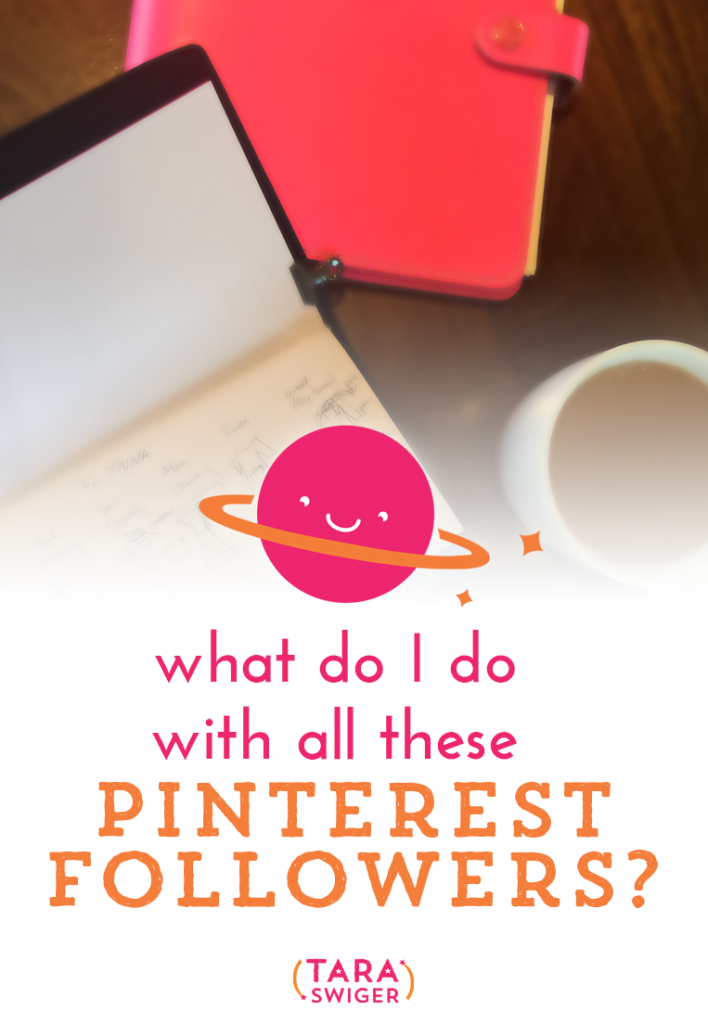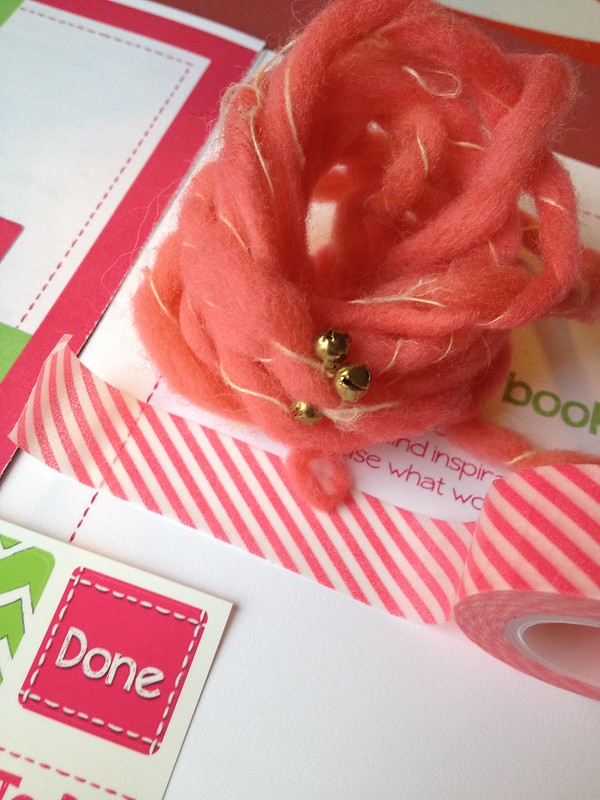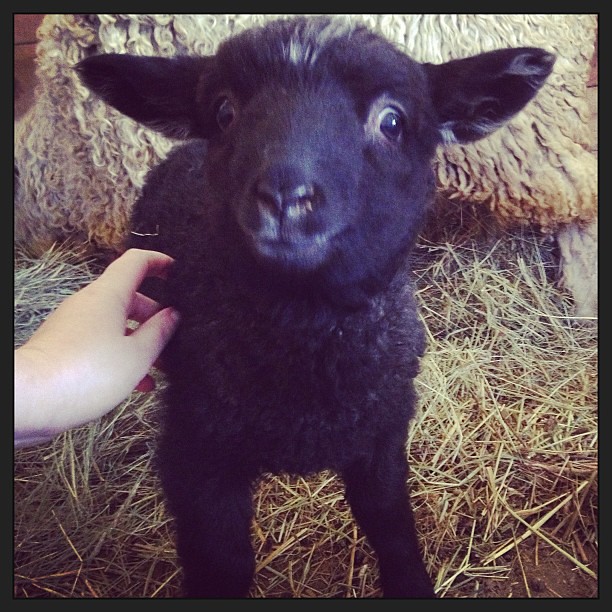
Max is terrified of seeming like a slimy salesperson
One of my regular refrains when a Captain asks me to review a sales page is “Why would I buy this now?”
In every page or description, you need to give the person who has stumbled upon it a compelling reason to buy now. That might be the complete and total falling-in-love-must-buy-it-now moment. This works for things we don't need, but love, like gorgeous yarn, wonderful art, or anything really beautiful, moving or hilarious.
But what about if you sells something useful or practical? It's unlikely that anyone is going to become smitten with your class or editing service, the same way they do with a gorgeous object.
This is when marketing people start talking about scarcity: limit the availability or limit the time in which it's available. That gives customers a reason to buy now, and not wait until later.
And scarcity works. Sometimes. But it also has the tendency to feel icky or gross. I see a lot of makers creating scarcity through limited-time discounts (today only, 50% off!). The problem with this is that it can undermine the value of your product, and teach your customers to wait for another coupon or sale. Discounts definitely have their place, but they're not the only way.
So how can you help customers decide to buy now, without feeling like a slimebag?
Let's look at same ways that you can create that compelling page, no matter how scarce your item is.
When the scarcity is real.
Some things are truly scarce. My handspun yarn is one of a kind. I literally can NOT make the same skein twice. If you can only make so many items before you run out of a specific fabric, that's real scarcity.
Your time is also scarce. If you do custom sewing or one-on-one work, or anything where only one client can have your focus at a time, then you have real scarcity. (That pesky space-time continuum!)
Your job, then, is to communicate this clearly and with love to potential buyers. Without being apologetic (and that's tricky!) be sure to state the number of spots or items you have available, with a short explanation of why that's true (your explanation can be a single sentence, as mine about the yarn was.) There's nothing gross about this, in fact, it's the just the opposite. When you inform buyers about the limited nature, you are serving them – you are giving them all the information they need to make a wise buying decision.
When there's not scarcity.
Before we go farther, let's double-check – is this thing truly unlimited? Is the time each sale takes you unlimited?
For example, I used to have the Starship open all the time. People would trickle in, sometimes right in the middle of a class, or during a time I was busy with a client project. I realized I wasn't serving anyone with this scattered approach, so I limited registration to once a month. After a few months, I learned that this was still too scattered. I was spending so much time opening and closing the Starship that I couldn't spend as much time creating value for the members.
So I narrowed it down even further. The Starship is only open once a quarter. This ensures that I can welcome in each new cadet personally, and take the time to click through to their site and read up on where there business is right now. They get more of my attention right from the beginning, because this Open Boarding Party is a time I set aside to do only this – no other classes or client projects.
And then, once the Starship closes, I have 3 full months to focus on creating amazing classes and experiences for the members. It also allowed me to start offering solo-sessions to every single Captain!
So you see, I took something that is, in theory, unlimited (if I didn't have one-on-ones with every member, The Starship could have a zillion members) and I looked what the best way to serve the buyer is. That required adding in some “scarcity” (in the limited time frame) that is both honest and valuable to both parties.
When your product really is unlimited
But perhaps you sell something that is truly unlimited. Your online class is open forever. Your book is available to anyone.
In these instances, your job is to explain the benefits of buying your item now. How does it change their life/business/home immediately? How soon can they expect to experience these benefits? What problem do they desperately want solved right now? (This might be something as dire as bankruptcy or as pressing as needing a dress to your sister's wedding.)
The key to staying non-icky in all of these situations is to stay honest and communicate clearly. If your item is limited, share that without hesitation. If it isn't, share the real benefits without hedging. Things get gross when you get desperate, and keeping your descriptions and site clear and honest will help you develop a business that avoids desperation.
What do you think? How does “scarcity” fit into your marketing?

PS. This is one of those Open Boarding Parties! The Starship is open for the quarter, and will close again on July 5th! Join here.


